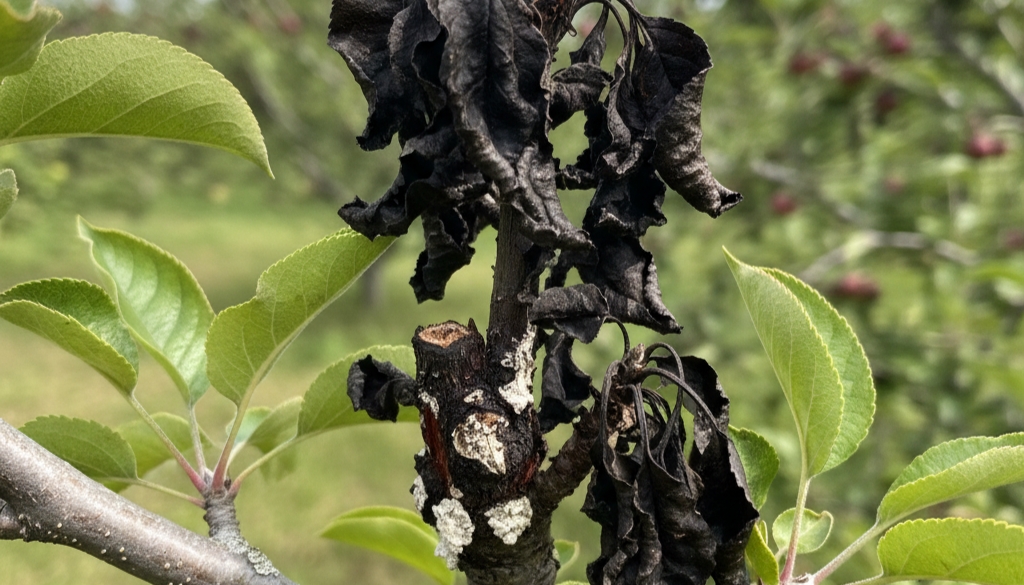Fire blight is a bacterial disease that can’t be cured once it sets in, but it can be controlled. Think of it like a bad cold for certain trees. Once the symptoms start popping up, you have to act fast and manage the spread so you can protect healthy growth!
We’ll explain what fire blight looks like, how it spreads, which trees are most at risk, and practical, do-it-yourself steps to minimize damage at home. We’ll also explain the clear signs that indicate when it’s time to seek expert help for removal.
What Is Fire Blight?
Native to North America, fire blight is caused by the bacterium Erwinia amylovora. It primarily affects plants in the rose family (Rosaceae), such as apple and pear species and many common ornamentals. The bacteria survive the winter hidden inside cankers, which are sunken, diseased spots on the bark where the infection sneaked in and made a home for itself from the previous season. It also survives in infected branches, then becomes active in spring and spreads during warm, wet weather.
In places like New York and much of the northeastern U.S., fire blight shows up unexpectedly but can be severe in some years when weather conditions are just right.
If the infection spreads too far or reaches the trunk, it can be difficult to save the tree. At this point, professional tree cutting may be the safest option to prevent the bacteria from spreading to nearby trees and causing a problem for other trees and shrubs in your backyard.
What Does Fire Blight Look Like?
Leaves and blossoms will suddenly wilt, turn dark brown or black, and appear scorched – hence the name “fire” blight (though it’s not a sign that your tree is sunburnt, it just looks like that). Another telltale is young shoots bending over at the tip and dying back.
Infected branches can ooze a sticky, amber-colored bacterial liquid on warm days.
Cankers in older wood look sunken, discolored, and may wrap around branches or trunks over time. These signs can develop quickly, sometimes within days, on actively growing shoots.
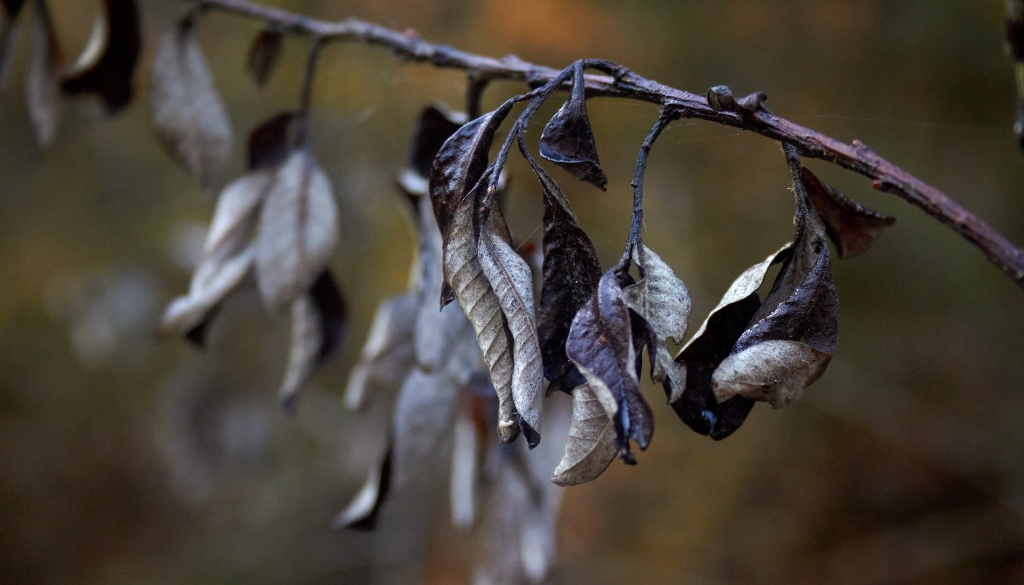
How Does My Tree Get Infected With Fire Blight?
Fire blight spreads when bacteria move from infected tissue to healthy flowers and shoots. Common movers are:
- Insects (bees, flies) visiting blossoms: When insects carrying the bacteria on their bodies land on your blossoms or tree, it’ll leave some of the disease on the tree, which starts the infection.
- Rain, wind-driven splashes, and even pruning tools when not disinfected: Similar to the insects, if something carrying the disease (infected tools or rainwater) touches the tree, it may cause the infection to begin.
- Contaminated nursery stock or graft wood: If you buy or plant a young tree that’s already infected or use grafting material from a sick tree, the bacteria can come with it and spread to healthy trees in your yard.
Warm temperatures combined with wet weather (rain, heavy dew) during bloom are the most vulnerable times for new infections to start. This is because the insects like to come out during this time, and the wet weather (rainwater) can naturally spread this disease to your tree.
Trees That Are Vulnerable to Fire Blight
In New York, apple and pear trees are the most common victims of fire blight, especially those growing in home orchards and backyard gardens. Crabapples, which are popular ornamental trees across many neighborhoods, are also very prone to infection. Other trees and shrubs that can catch it include hawthorn, serviceberry, cotoneaster, pyracantha (firethorn), quince, and some rose and spirea varieties.
Not every type is equally sensitive! Some apple and pear varieties are bred to resist fire blight better than others. If you’re planting new trees, look for fire blight–resistant varieties that handle New York’s climate well.
If you have any of these trees, especially apples, pears, or crabapples, keep an eye on them each spring when the weather turns warm and damp. That’s when the disease spreads most easily.

How To Control Fire Blight
You can’t stop fire blight, but you can keep it small and prevent spread. Below are practical steps you can do yourself!
1. Monitor early and often.
Check your trees weekly during bloom and through early summer. If you see wilting blossoms or blackened tips, act quickly! Early removal of infected shoots prevents the bacteria from reaching larger branches and infecting more central areas of the tree.
2. Remove infected shoots fast (the 8 to 12 inch rule).
For small infections, cut at least 8 to 12 inches below the visible symptoms into healthy wood. The goal is to remove tissue where bacteria might be hidden. Cut at a good angle and remove the infected material from the property (burn where legal, bury, or bag and trash it). Disinfect your cutting tool between cuts (see next point).
To Remove or Not to Remove
Deciding whether to cut out a branch, a large limb, or remove an entire tree depends on how far the bacteria have advanced:
- Small shoot infection: If only a few tips or single branches are affected, following the 8 to 12 inch rule is often enough to stop the spread.
- Cankers near the trunk or rootstock infection: When cankers are around the trunk, or bacteria may have moved into the rootstock (the lower trunk or roots), the risk of losing the whole tree is high. In many cases, infected rootstocks can’t be saved.
- Widespread, repeated infections: If the disease keeps coming back season after season, or many major limbs are affected, removal may be the best choice to stop the spread to other trees. If removal is needed, consider replacing with a less susceptible species.
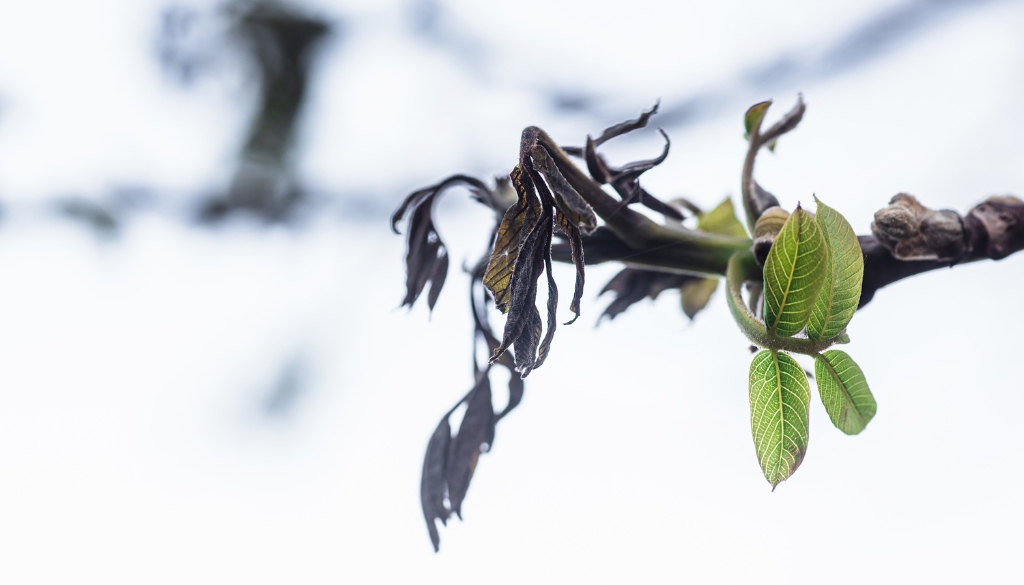
3. Disinfect tools between cuts.
Bacteria can cling to any of your gardening tools! Wipe or dip your shears in a disinfectant after every cut: options include 70% isopropyl alcohol, a solution of household bleach (1 part bleach to 9 parts water) used briefly, or commercial disinfectants labelled for horticulture. Rinse and oil tools after bleaching to prevent rust.
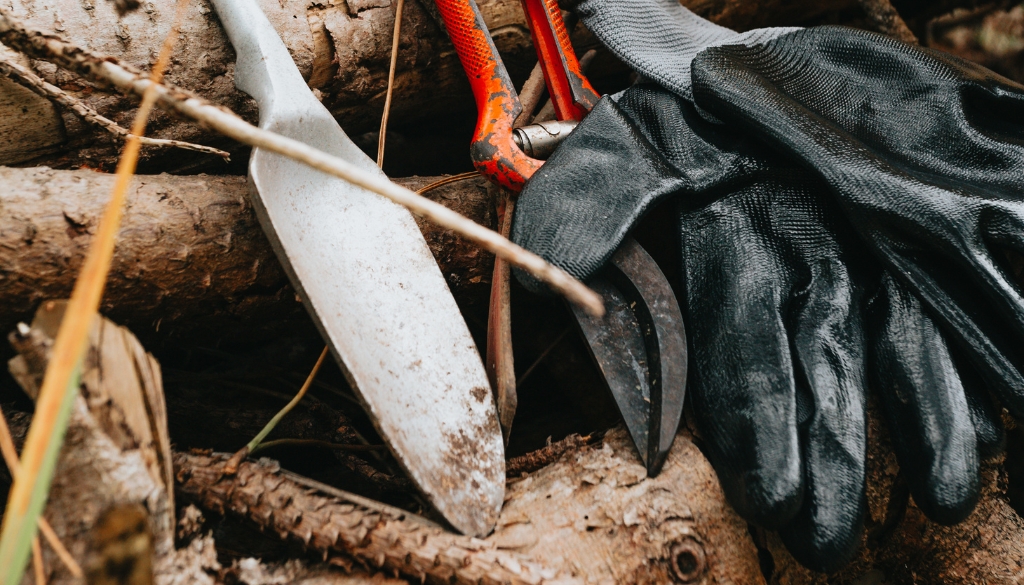
4. Don’t work when wet
.Avoid pruning during wet weather, as that’s when bacteria spread most easily. Choose a dry day and finish disinfecting afterwards.
5. Improve airflow and reduce stress.
Prune crowded branches and remove growth that’s crossing paths with each other (be careful with this. Make smart cuts that won’t stimulate long tender shoots). Better air movement dries foliage faster and reduces infection risk.
Keep your trees well-watered during dry spells and mulch to moderate soil moisture. Stressed plants will get hit harder by any infection.
6. Consider targeted sprays if you’re comfortable with them.
Homeowners sometimes use copper sprays or other bactericides at pre-bloom or early bloom to lower the risk of infection. Timing is crucial! Sprays are most effective just before or during bloom when bacteria are most likely to infect blossoms. Read and follow product labels carefully.
7. Remove heavily infected ornamental suckers and young shoots.
Young, rapidly growing shoots are very attractive to the bacteria. Removing excessive young shoots and secondary blooms reduces targets for infection.
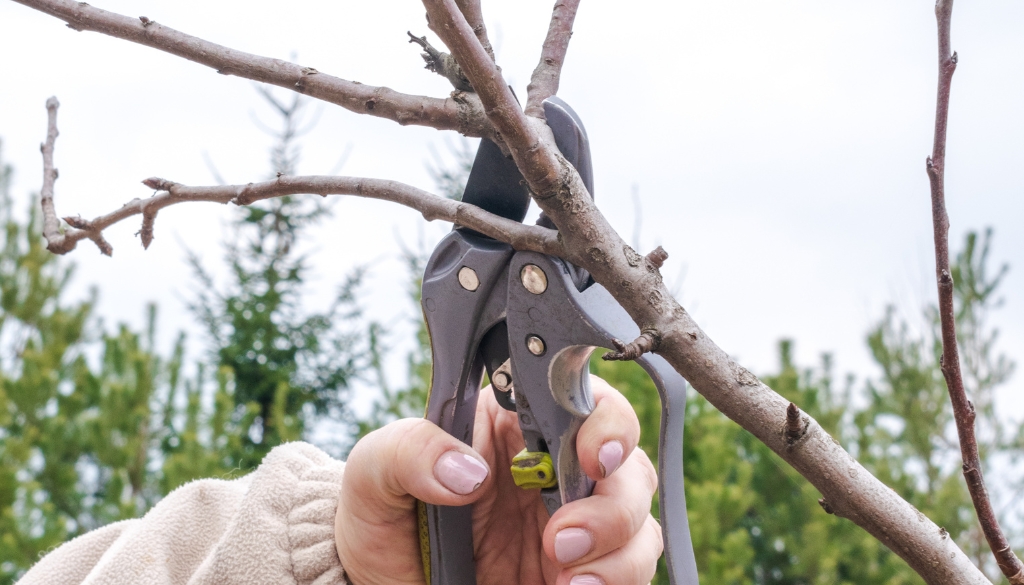
8. Choose resistant varieties when planting next time.
If you’re replacing a lost tree or planting new ones, ask for varieties with better resistance to fire blight. Local extension offices and nurseries can suggest varieties suited to your area.
Good choices include Liberty, Enterprise, and Redfree apples, as well as Harrow Sweet, Moonglow, and Seckel pears. These varieties are known to resist infection and perform great in the Northeast’s changing weather!
Fire blight can be tough to handle, especially since it can’t be cured completely. Stay alert and act early to minimize its effect on your tree! If you’re not sure how bad the infection is or if it keeps coming back, don’t hesitate to call a licensed New York arborist for help, sometimes, a trained eye makes all the difference!

